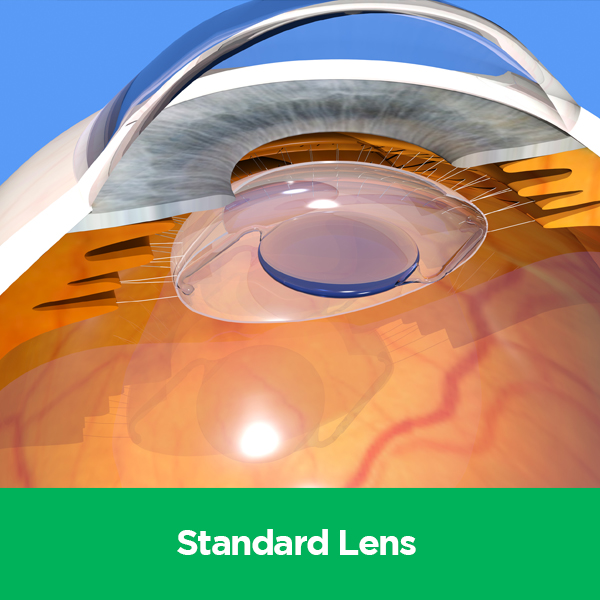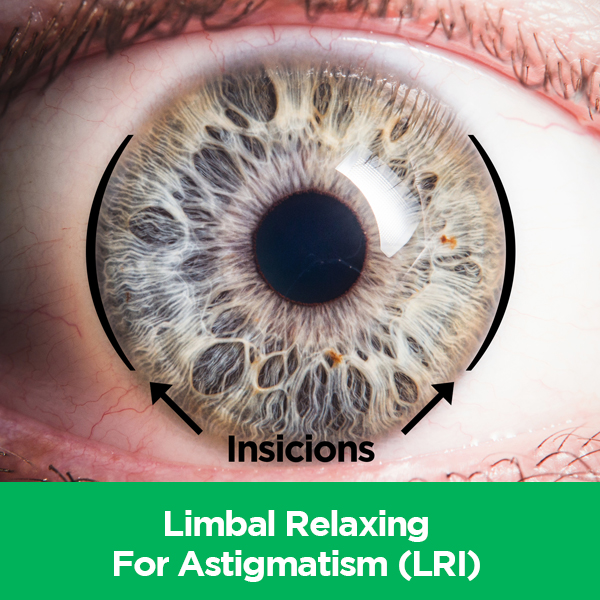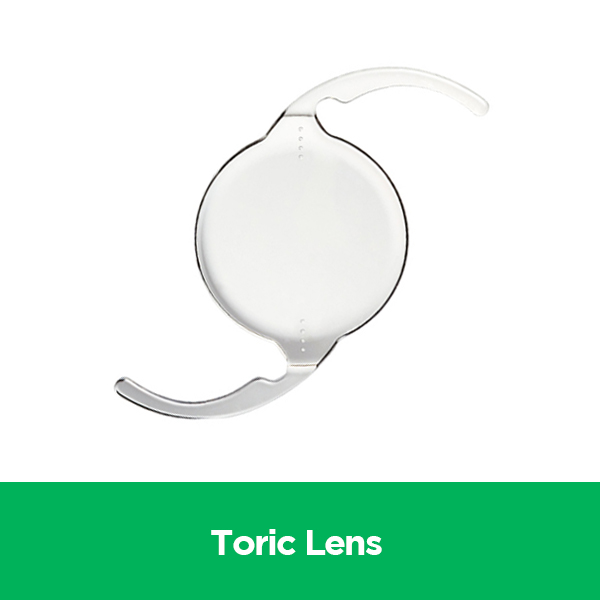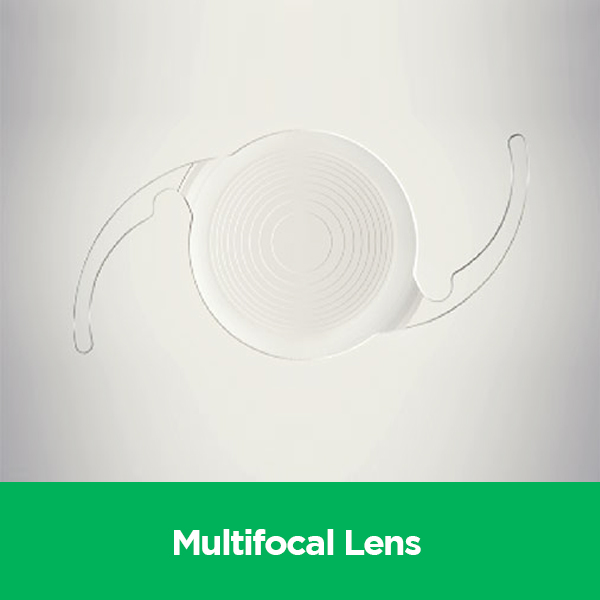A cataract is a clouding of the eyes natural lens that occurs in everyone as we age. Typical symptoms of cataracts that may justify proceeding with surgery including, trouble with night driving, reading small print, or having difficulty following a golf ball.
What is a Cataract
Diagnosing Cataracts
Your doctor may perform a series of tests in order to diagnose a cataract. Vision will be tested along with glare, to approximate vision changes under normal lighting conditions. A dilated eye exam will be performed to examine the condition of the lens and other parts of the eye. Your doctor may also perform tonometry, a procedure that measures the pressure in the eye.
Treatment of Cataracts
Cataract surgery is the most common procedure performed in the United States with a success rate of over 90 percent and a minimal risk of complications. For the past thirty years phacoemulsification has been the standard of care for the removal of cataracts. This ultrasound breaks up the cataract in to small pieces and they are gently vacuumed from the eye. Ultrasound technology has improved over the years making cataract surgery one of the safest procedures performed today.
Cataract Surgery
Dr. Mallon combines the latest technology with the most advanced surgical techniques including:
- Clear Corneal Incisions
- Eyedrop Anesthesia
In addition, Dr. Mallon does cataract surgery without any needles. There is no need for IV sedation, stitches, or an eye patch after surgery. Patients are able to resume most normal activities immediately after surgery. Astigmatism correction may also be accomplished at the time of cataract removal.
The advanced technology includes pre-operative measurements with immersion ultrasound and laser interferometry.
Laser Assisted Cataract Surgery vs Traditional Cataract Surgery
Laser cataract surgery has been available for the past few years. The common misconception is that the laser is automated and does the entire surgery. The reality is the surgical procedure is manual and the outcome is dependent on the skill of the surgeon, the accuracy of the preoperative measurements, and the matching of a patient’s preoperative expectations with the proper lens selection. The Food and Drug Administration (FDA) has approved the laser for use in cataract surgery for three steps. The first step is the incision, which is typically made with either a diamond or steel
blade. The second step is for the creation of an opening in the capsule, which holds the lens. This is called a capsulotomy. Non laser cataract surgery uses a forcep to open the capsule allowing access to the cloudy lens. The third step is to segment the lens into smaller pieces that
are then phacoemulsified (ultrasound). Although the FDA has approved the use of laser during cataract surgery it is not reimbursed by Medicare or commercial insurance plans and a patient can only be billed for the correction of astigmatism. To date, there is not a single study that
shows a benefit over conventional methods and in fact, there have been several studies showing an increase in complications rates with use of the laser.The cost for laser assisted cataract surgery varies among physicians and may be as much as $1500 or more per eye. It is important for patients to understand that it is illegal to bill strictly for the use of laser during cataract surgery. Our practice is always looking at new technologies and evaluating the benefits to our patients. At this time, without a single study showing improved visual outcomes, we have decided not to use laser assisted cataract surgery. Our opinion is that laser assisted cataract surgery unnecessarily increases cost, risk of complications, and time to complete the procedure.
Premium Lens Implants
During cataract surgery, artificial lenses are implanted in the eye to replace the cloudy natural lenses. These artificial lenses, known as intraocular lenses (IOLs), were once only able to correct distance vision, leaving patients dependent on eyeglasses or contact lenses for near vision. Many cataract patients, in addition to suffering from either nearsightedness or farsightedness, also suffer from presbyopia, natural changes to the eyes that occur as we age.
Before premium lenses, patients were unable to see clearly at both near and far distances without the use of eyeglasses or contact lenses. Early lens implants were monofocal, meaning that they had only one focal point and could not adjust to varying distances.
New advances in technology have allowed for the development of multifocal IOLs, which let patients see clearly at all distances, and can even correct astigmatism as well. Premium lens implants are ideal for cataract patients who are also suffering from presbyopia and want a replacement lens that provides a full range of clear vision.
There are several different types of premium lens implants available for cataract patients. Your doctor will work with you to decide which lens is best for your individual eyes to help you enjoy long-lasting, clear vision at near, intermediate and far distances. To speak with one of our doctors and discuss your options for cataract replacement lenses, please call us today to schedule a consultation.
Lens Options

Standard Lens
This monofocal system allows focusing for distance or focusing for reading, but does not focus for both distance and reading in a single eye. It also does not correct for astigmatism. Choosing this style of lens would improve your vision, but you would need corrective glasses to see your sharpest.

LIMBAL RELAXING FOR ASTIGMATISM (LRI)
LRI’s – the goal is to decrease dependency on glasses by reducing astigmatism by making corneal incisions. No guarantee is made for making a patient completely glasses independent. The goal is for better quality of vision without spectacle correction. Alternative to LRI for astigmatism correction include eyeglasses, contact lenses, and other refractive procedures such as LASIK or PRK. LRI’s may result in an increase in astigmatism or only minimal change.

Toric Lens
A monofocal lens which also corrects astigmatism. Astigmatism is a refractive error caused by an uneven curve in your cornea or lens. The toric lens is designed to correct that refractive error.

Multifocal Lens
Today, for people who have cataracts and presbyopia, there is a procedure to remove the clouded natural lens of the eye and replace it with the advanced Multifocal Lens. This unique implantable lens is meant to provide great vision at all distances. Glasses will still be needed some of the time for some activities, such as reading small print or reading for extended periods. Your Doctor will be happy to discuss this option with you to determine if your eyes are healthy enough to get the full benefit of a mutlifocal lens.

